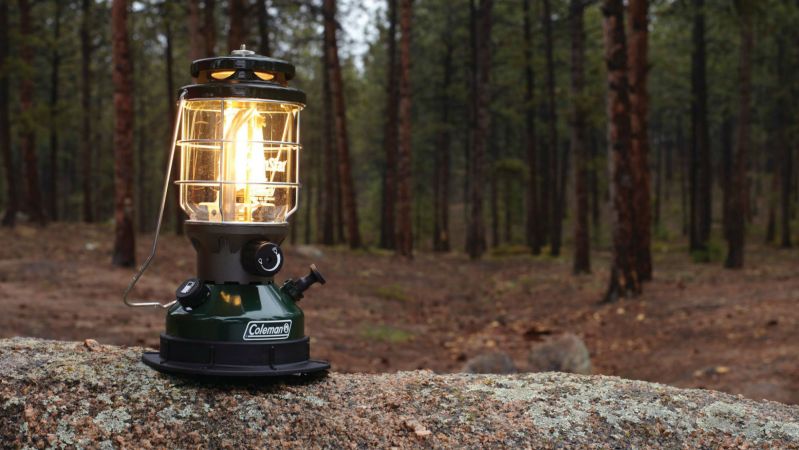
In the arena of recreational outdoor gear, few company names enjoy the recognition or the trust engendered in consumers as that of Coleman, the 117-year-old maker of lanterns, camp stoves, tents, coolers, and a curated line of camping, cooking, and specialty lighting products. Let me say this up front: no, I’m not on the Coleman payroll, but, yes, I have drank the proverbial Kool-Aid. I own and regularly use the Roadtrip X-Cursion grill, a Steel-Belted cooler, a tent, a lantern, a camp stove, and more. In other words, I’m an admirer of the Coleman brand because I know firsthand that their products work. And I’ve had more than enough field experience with products that fall short to know what that’s worth.
Why is Coleman such a successful company? Let me tell you …
First, a Bit of Backstory
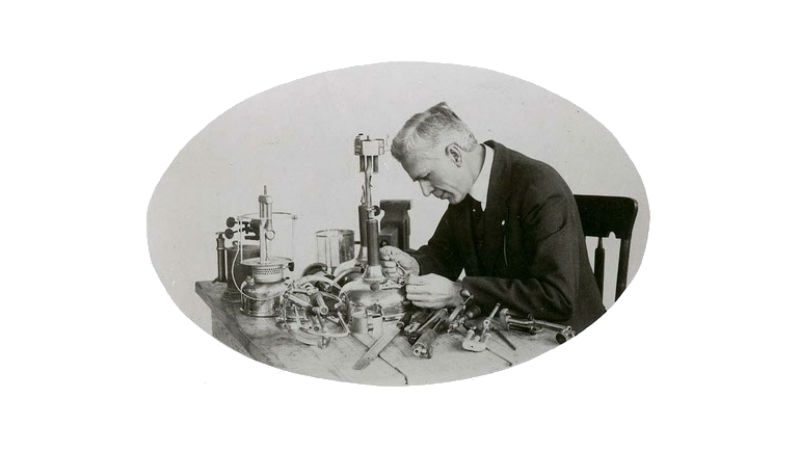
William Coffin (W.C.) Coleman was born in 1870 and moved to the Midwest within a year. His family settled in a small town in Kansas, the state which would remain Coleman’s home for the rest of his life. W.C.’s father died in 1881, prompting the youngster to begin selling small goods in an effort to make money for the family. After an abortive attempt at law school, Coleman would return to sales as a young man, this time selling typewriters.
During a fateful sales trip, Coleman was reportedly walking down a sidewalk one evening when he was transfixed by the bright glow of a gasoline-burning lantern perched in a shop’s window. The crisp white light allowed Coleman to see clearly despite his weak eyesight. The moment was transformative: The young salesman switched to gasoline lantern sales at once, and within a few years had acquired the rights to the lamps he sold and had made improvements on their design.
Coleman (Sort of) Goes to War
Sales of the Coleman Arc Lamp were steady, but not stratospheric. It would take The Great War (aka World War I) to create a serious leap forward. But long before American Doughboys were sent “over the top” in the trenches of Europe, Coleman lanterns were contributing to the war effort. The government distributed them to farmers as early as 1914 in an effort to help farms produce more crops that could be sent along to our allies fighting against the Triple Alliance powers.
Missteps Pave the Way
By the 1920s, Coleman was recognized across the U.S. and around the globe as a maker of fine lighting equipment. During that decade, the company began to branch out into multiple other product areas, making everything from waffle irons to coffee makers.
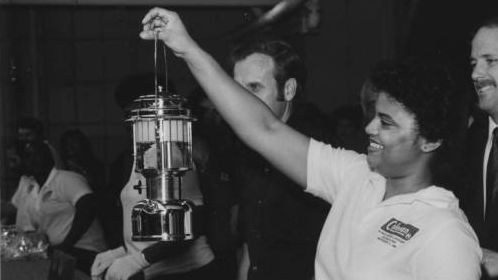
While most of the products they made were considered to be of fine quality, the sales were abysmal; the brand could not elbow its way into new market sectors, and eventually abandoned their attempts.
This willingness to try new arenas and then to back out rather than double down would inform the company for the next century.
OK, Now Coleman Goes to War
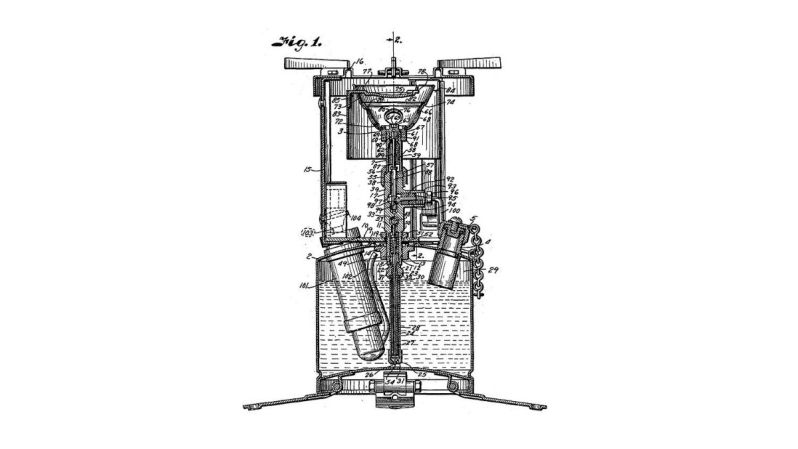
When American ground troops were first deployed in force in World War II, Coleman went with them. The U.S. Army landed in North Africa in late 1942 accompanied by several thousand Model 520 Coleman Military Burners, aka G.I. pocket stoves. This compact, three-pound stove could burn using almost any type of liquid fuel and could fit into a soldier’s pack with ease. It was considered by many an absolutely essential piece of wartime gear.
WWII brought Coleman lucrative contracts to develop parts for several heavy bombers, but once the war ended, these contracts ceased as well. The demand for stoves did not end, though; it merely shifted to the recreational sector. The G.I. pocket stove led to the development of the camp stoves for which the brand is still so well known.
Mid-Century Through Modern: Focusing In
W.C. Coleman died in 1953. Control of his namesake company would twice pass down through the family before eventually being assumed by investors. Fortunately, they established fidelity to quality endured. During the second half of the 20th century, the Coleman Company tried its hand at several more ultimately ill-fated ventures, from air conditioning units to pressure washers.
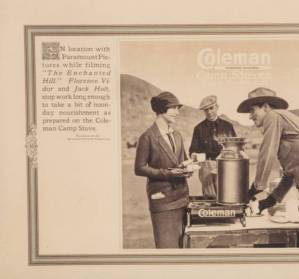
By the 1990s, the divisions creating these rather off-brand devices were either sold off or closed, and the company dedicated itself to a focused selection of well-made recreational gear oriented toward the general outdoor enthusiast. They are not out to create an ultra-light stove intended for use during an Everest summit push, nor do they manufacture bivouac tents designed for use during a crossing of the South Pole. Coleman strives to make quality gear that makes the outdoor experience accessible to all.
I spoke to Graham Webb and Dave Purcell, two brand representatives from the company, and asked for their personal feelings about Coleman. “It really has become the outdoor company, so we’re trying to create products that stay true to the brand. We’re not getting into things that are not core heritage for us; it’s sticking with that legacy and staying true to those roots that has always worked for us,” Webb says.
Purcell added that Coleman seeks always to “make an activity accessible to a greater range of people. That’s the remarkable thing about many of these products; you can use them across a range of activities, from camping to backyard use.”
When I head out to climb a mountain, I bring my Snow Peak stove. It’s the size of a pack of cards and weighs about three ounces. When I go on a distance hike, I bring a Mountain Hardware tent. Mine is lightweight and sets up in about four minutes. And so forth.
But if I’m car camping, canoeing, or barbecuing, I bring my Coleman gear. It’s a bit heavier, sure, but none of it has failed me yet. That’s also why I keep a Coleman grill and lantern at the ready in our garage; if the power goes out at home, I’ll still have ready access to the creature comforts of home thanks to gear refined to near perfection over more than 100 years.
Feature image courtesy of Coleman U.S.A./Facebook.
Editors' Recommendations
- Legendary outdoor brands Ball and Buck and Luminox combine for the ultimate field watch
- New limited edition everyday carry knife from The James Brand might be the splurge purchase you’ve been waiting for


